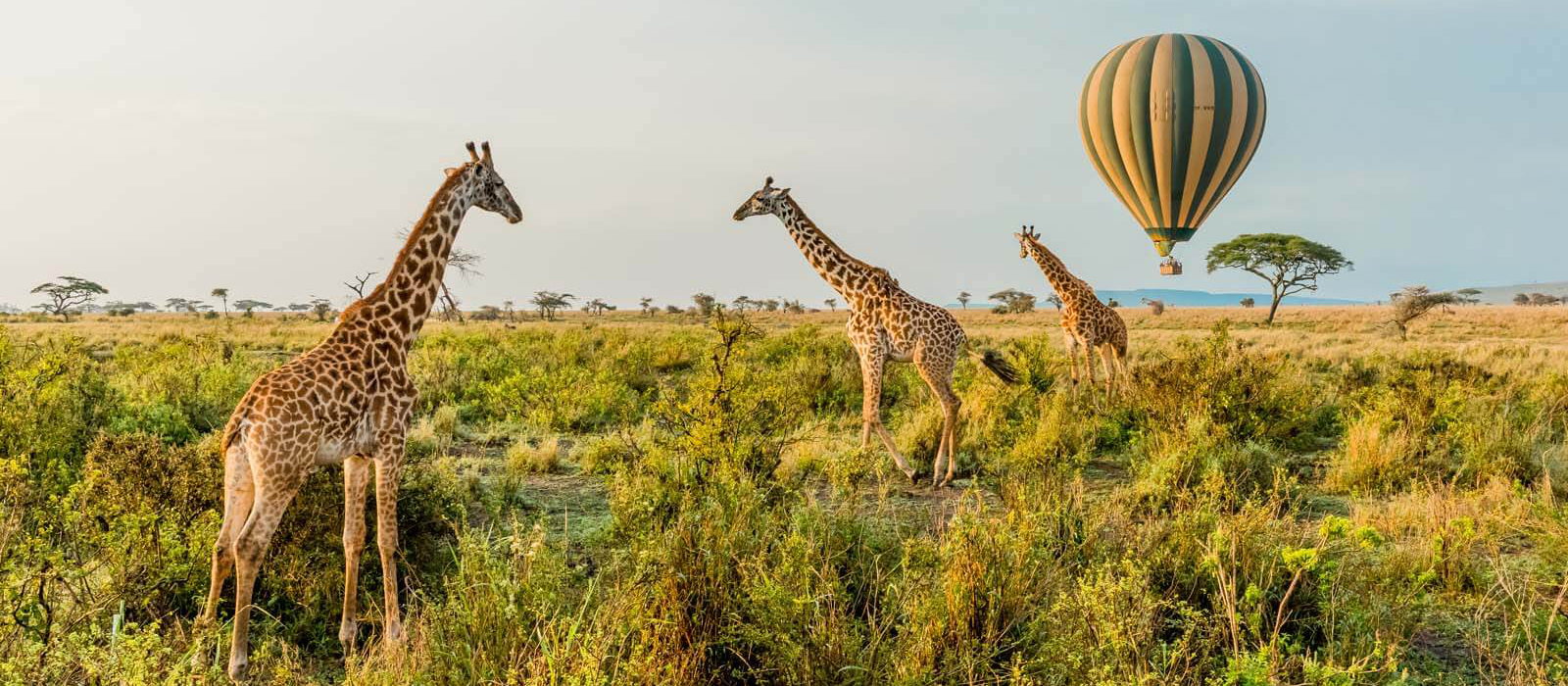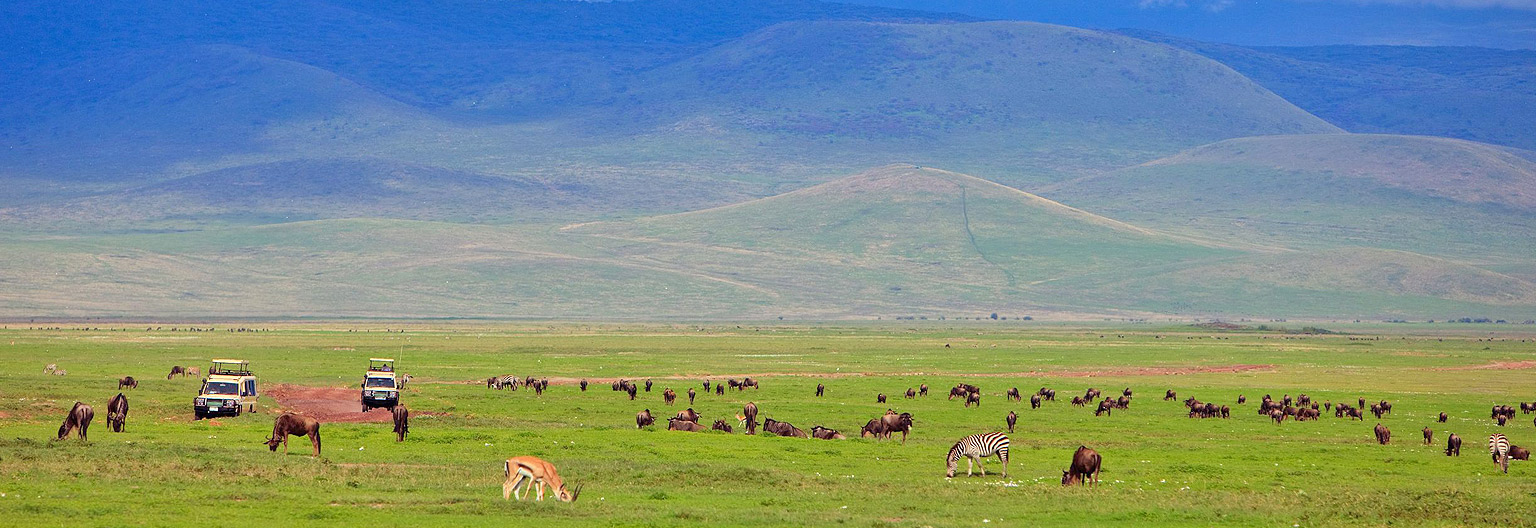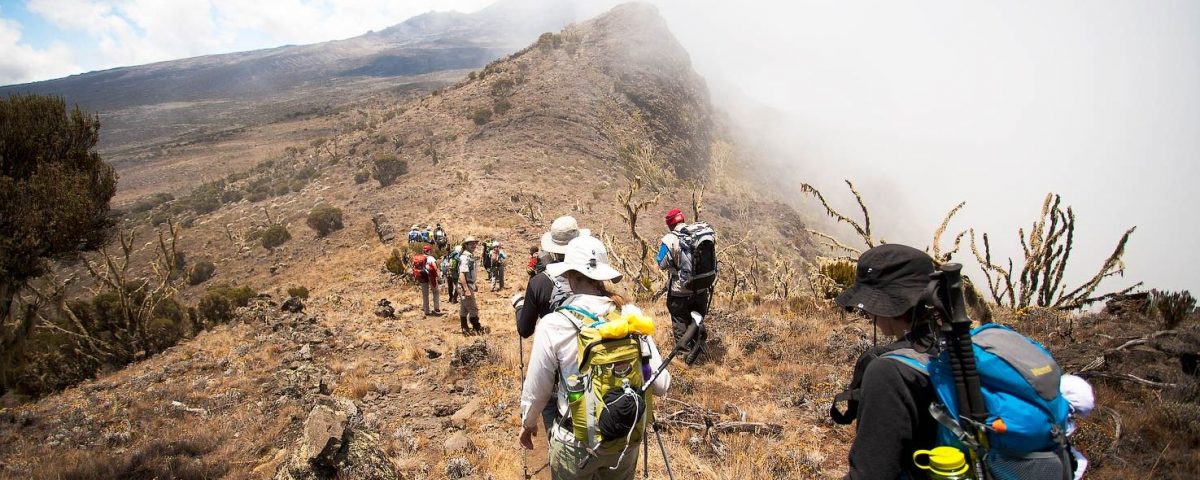
WHY TRAVELLING TO TANZANIA SAFARI
November 10, 2018
5 Interesting Facts About The Ngorongoro Crater
November 10, 2018
Mount Kilimanjaro is a dormant volcano located in Tanzania, Africa. It is famous for being the highest mountain in Africa and is one of the ‘Seven Summits’ of the World. See the fact file below for more information on Mount Kilimanjaro:
Fact #1: Kilimanjaro is the world’s tallest free-standing mountain
Measuring in at 19,341 feet (5,895m) tall, not only is Mount Kilimanjaro the tallest mountain in Africa, but it is also the highest free-standing mountain in the world. Japan’s highest free-standing mountain, Mt. Fuji, stands at 12,388 feet (3,776m) by comparison. Fact within a fact: freestanding mountains such as Kilimanjaro and Fuji are usually volcanic in nature. If visiting Kilimanjaro, don’t worry, though: it’s been at least 360,000 years since its last major eruption.
Fact #2: Kilimanjaro contains 5 unique ecosystems
Kilimanjaro is much more than just a mountain: it’s five delicate ecosystems all rolled into one. At its two lower levels you’ll find farm-land, villages, jungles, and forests all of which benefit from healthy amounts of rainfall. As climbers move higher up the mountain into the heath and alpine desert zones, vegetation begins to fade and temperatures start to fluctuate: during the day it can reach well over 100 degrees (37c), while at night temperatures can plummet to below freezing. Once climbers reach the summit zone almost all signs of vegetation and animal life have disappeared, as surface water is nearly non-existent at this height. Don’t skimp on the sunscreen, either: Kilimanjaro’s summit is the second closest point on earth to the sun (only the summit of Ecuador’s Mt. Chimborazo is closer).
Fact #3: Over 20,000 people attempt to climb Mt. Kilimanjaro each year
Reaching Kilimanjaro’s peak isn’t nearly as exhilarating as the climb, and that’s why over 20,000 climbers flock to its slopes each year. Of those 20,000 climbers, roughly 2/3rds make it up to the peak, 1,000 are evacuated and around 10 die. The main cause of death? Altitude sickness. At Kilimanjaro’s peak there is roughly half as much oxygen in a breath as you would find at sea level. Due to this, climbers begin to experience symptoms like headaches, nausea, exhaustion, and swelling as early as 3,000 meters (9,842 feet) up. The lesson in all of this? Don’t underestimate the dangers of the mountain, take things slow, and be sure to acclimatize.
Fact #4: Indomitable spirits thrive here.
Scaling Kilimanjaro is an accomplishment regardless of who performs it, but the fact that disabled climbers are increasingly using the mountain as a way to shatter perceptions about handicaps is truly amazing. In 2009, five blind climbers, known collectively as “Team Kili,” summited the peak after a year’s worth of training; Chris Waddell, a paraplegic who lost the use of his legs in a skiing accident, used his upper-body strength and a “hand-cycle” to summit the peak in 2011; and perhaps most spectacularly, Kyle Maynard, a quadruple amputee, ascended the mountain in 2011 without the aid of prosthetics. The next time you are searching for inspiration, look no further than Kyle Maynard.
Fact #5: The Chagga people call Mt. Kilimanjaro home
Chances are that at some point during your time on Kilimanjaro you’ll run into members of the Chagga tribe. The Chagga people, who number around 1,000,000, are the third largest ethnic group in Tanzania and one of the richest due to their close relationship with the mountain and its fertile soil. A lot of that affluence can be chalked up to bananas: each Chagga family owns their own home-garden in the middle of a banana grove, known as a vihamba, where they grow bananas alongside coffee (Tanzania’s real cash crop: it brings in over $60 million per year), maize, beans, sugarcane, and maletta. Many visitors to Kilimanjaro begin their journey by visiting with the Chagga at their vihambas in the foothills of the mountain. Also, when it is time to climb, look no further than the Chagga for help: they have proven to be excellent porters, carrying the large sacks of personal equipment on top of their heads.


